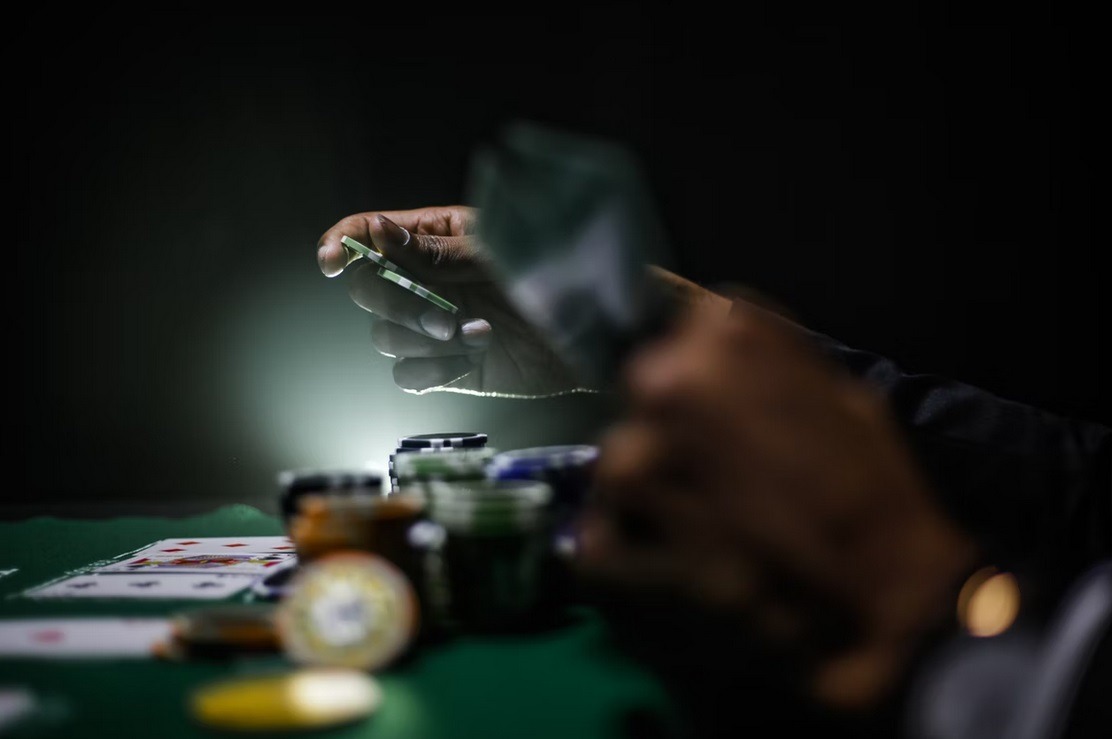The top fashion designers in India are following in the footsteps of Bollywood celebrities and sports stars and considering non-fungible tokens (NFTs) as a reliable income source for their digital fashion offerings.
Indian designers such as Manish Malhotra, Raghavendra Rathore, Anamika Khanna, and Pankaj & Nidhi have already been experimenting with blockchain technology to connect with consumers that are especially tech-savvy. Most designers have seen their digital artwork debuts sell in a matter of minutes in the NFT marketplace.
Vishakha Singh, WazirX NFT Marketplace’s vice president, confirmed that fashion NFTs are getting a positive response in general and on fashion platforms. Singh says that the company hopes to introduce a variety of street brands for the young, technologically advanced consumer.
Sports and lifestyle brand RISE Worldwide, was the first to convince Malhotra to drop NFTs to show off the designer’s new line during the latest fashion week. RISE Fashion and Lifestyle head Jaspreet Chanok asserts that the goal of the company is to provide Indian designers with platforms and to serve as case studies on the technology that is most suitable for the fashion community. The five NFTs Manish debuted were sold out in just seconds. Since then, many Indian designers have started to use NFT, hoping to get similar or even better results.
Chanok adds that the pandemic sped up the the adoption cycle for technology. Many fashion companies and retailers have omnichannel modes and work in a “phygital” space that allows them to connect with their customers but online and in-person. Malhotra confirms that his fashion lines first drop in connection with FDCI X Lakme Fashion Week was a huge success. The designer shares that ‘everyone’ will soon be using multiple NFTs. He also shares that NFTs are a great way for designers and other creatives who want to take on meaningful projects, and that artists may be able to submit and satisfy invoices.
The fashion event with the ideal space for Indian artists and technology specialists can work together to accomplish a common goal. Malhorta says that industries are currently “testing the water” and are excited about exploring how the partnership between creative and corporate entities can come together to attract more consumers. While business owners are aware that there is considerable risk involved in this new technology, many companies want to be on the cutting edge of technology by taking this risk.
Khana, who runs the AK-OK brand, asserts that launching NFTs was both “interesting and fun.” Khana shares his excitement about seeing people who wouln’t other interact with blockchian purchase artwork in a matter of minutes. This is a good sign for artists whose products are in high demand and provides hope for up-and-coming creatives.
Khana also states that when it comes to monetization, the NFT system was royalty-based so that if a buyer resold an item, a specific percentage would always go to item’s creator. This presents a way for artists to receive payment for their work for several years, or possibly a lifetime.

